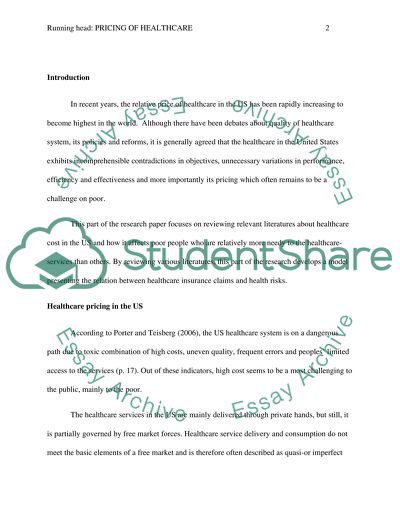Cite this document
(“The Pricing of Health Costs and its Effect on the Poor in the United Dissertation”, n.d.)
Retrieved from https://studentshare.org/family-consumer-science/1406765-the-pricing-of-health-costs-and-its-effect-on-the
Retrieved from https://studentshare.org/family-consumer-science/1406765-the-pricing-of-health-costs-and-its-effect-on-the
(The Pricing of Health Costs and Its Effect on the Poor in the United Dissertation)
https://studentshare.org/family-consumer-science/1406765-the-pricing-of-health-costs-and-its-effect-on-the.
https://studentshare.org/family-consumer-science/1406765-the-pricing-of-health-costs-and-its-effect-on-the.
“The Pricing of Health Costs and Its Effect on the Poor in the United Dissertation”, n.d. https://studentshare.org/family-consumer-science/1406765-the-pricing-of-health-costs-and-its-effect-on-the.


